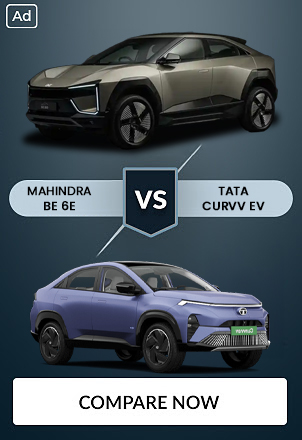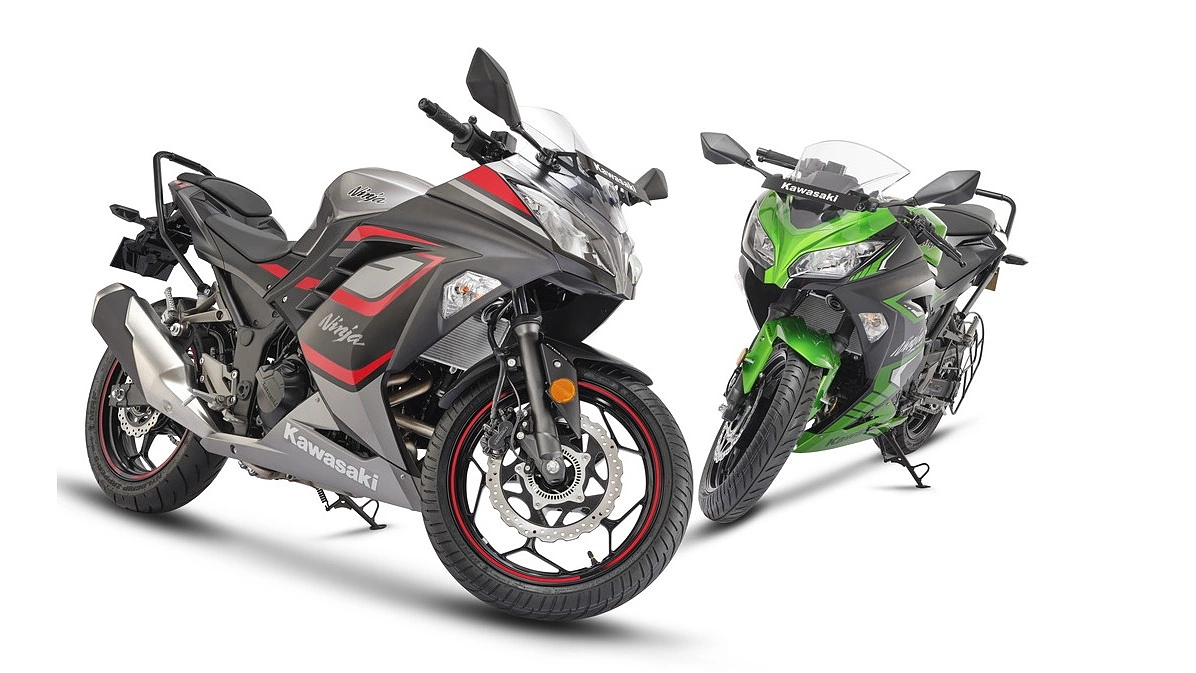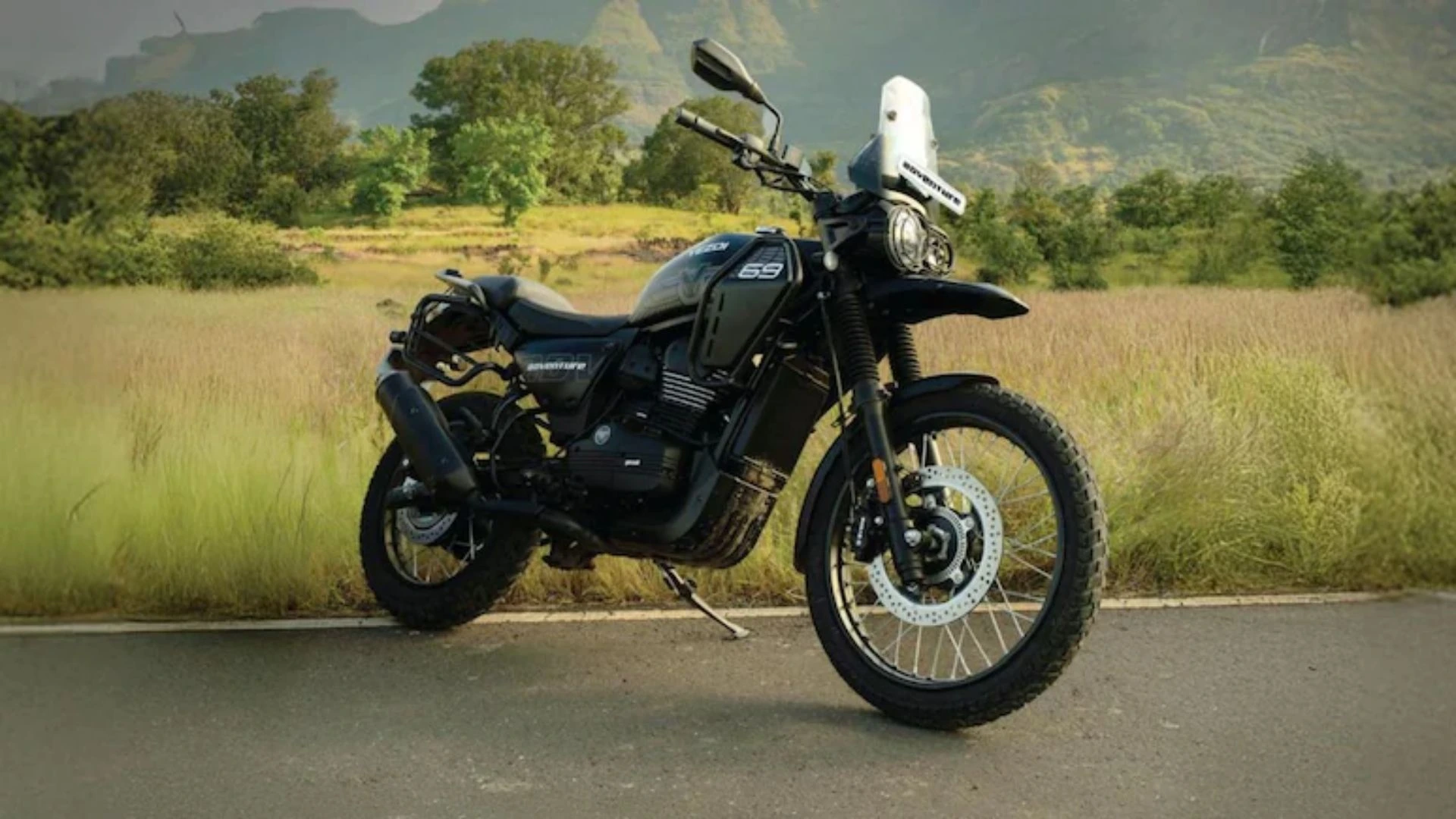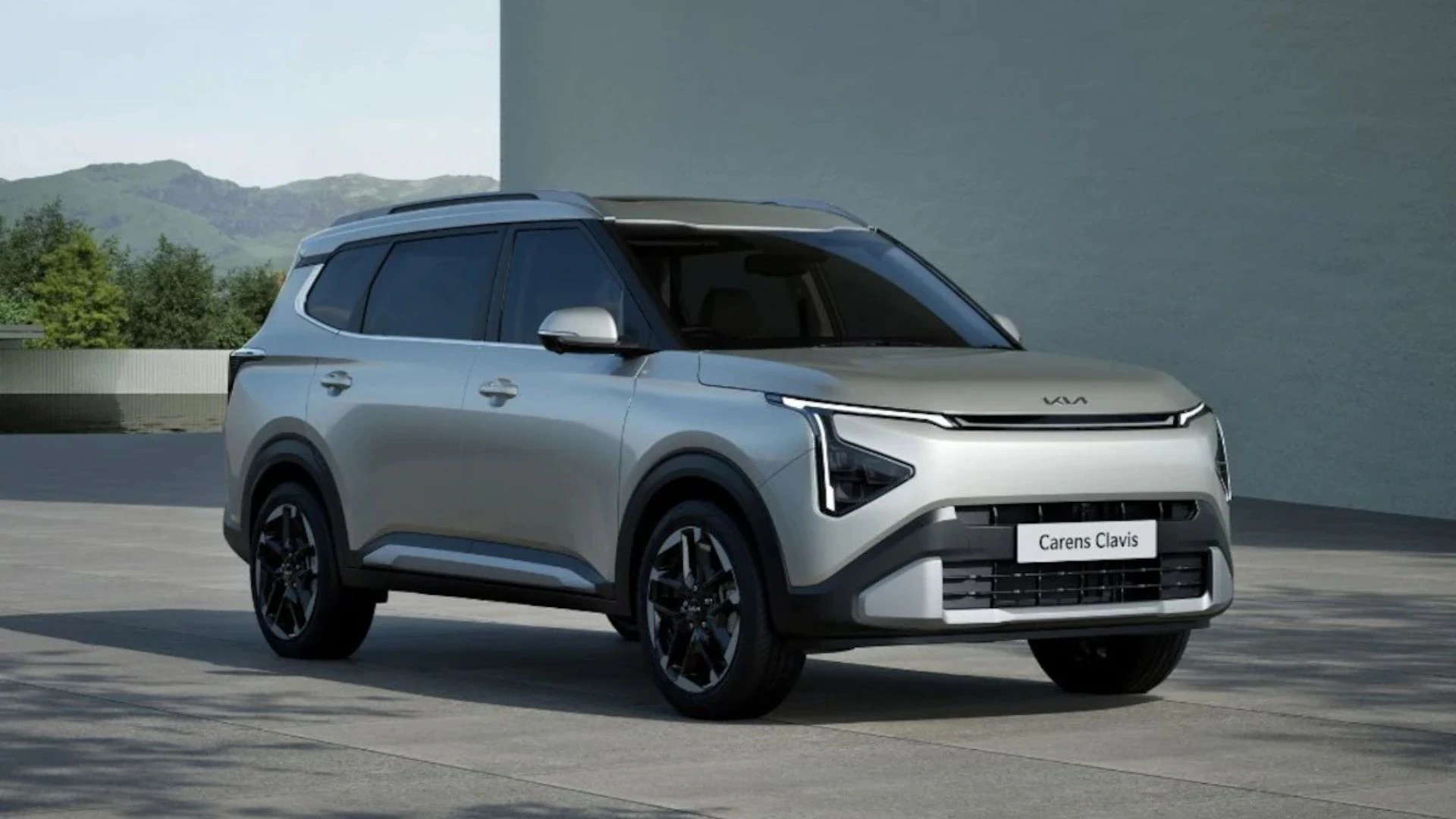What is Bharat NCAP?
The Bharat New Car Assessment Program (BNCAP) or Bharat NCAP, as it’s more well-known is a local car safety assessment program for new cars manufactured or sold in India. The safety standard is along the lines of the GNCAP or global NCAP (Global New Vehicle Assessment Programme) and came into effect in October 2023.
What is global NCAP?
The Global New Car Assessment programme was founded in 2011 and its primary focus has been a campaign called #safercarforIndia and #safercarsforAfrica. This programme aims to push manufacturers to make safer cars for various markets, such as India, on par with those sold in Western countries.
What are the testing procedures and requirements for BNCAP?
Like GNCAP, Bharat NCAP aims to assess cars on certain set standards and parameters and provides a star-based safety rating for cars, where 1 being the lowest and 5 being the highest. The crash test program evaluates cars based on three criteria:
- Adult occupant protection
- Child occupant protection
- Fitment of safety features
The results of these tests are further divided into:
- Offset front impact performance
- Side impact performance
- Side pole impact performance
What is a crash test? How is a vehicle selected for a crash test?
Crash testing, as the name suggests, involves crashing a car under controlled conditions with sophisticated equipment and technology. The idea is to improve the safety of the vehicle and, ultimately, its occupants, by creating real-world accident-like scenarios. During crash test, the selected model is crashed at a set speed at the test facility. Crash test dummies are located inside the vehicle and are equipped with sensors that provide various data about the crash.
In the case of BNCAP, the manufacturer voluntarily submits its models for assessment. This is done based by two criteria: first, the car must have sold at least 30,000 units since its launch in the previous calendar year. Secondly, this model is also chosen based on the recommendation of the Ministry of Health. These tests are carried out at 64 km/h for frontal impact, 50 km/h for side impact and 29 km/h for side pillar impact. Of these tests, the last test is only performed on cars that received three stars or more in the first two tests. In terms of car safety features, to qualify for a three-star rating, all test cars must be equipped with an ESC and a seat belt reminder system.
Officially BNCAP states the following for each level of star rating
5-star safety rating (Overall excellent performance)
Electronic stability control (ESC), pedestrian protection, side head protection under side impact and seatbelt reminder
4-star safety rating (good overall performance)
ESC, pedestrian protection, side head protection in case of side impact and seat belt reminder
3-star safety rating (Overall good performance)
ESC, pedestrian protection, side head protection under side impact and seat belt reminder
3-star safety rating (Overall good performance)
ESC, pedestrian protection, side head protection under side impact and seatbelt reminder
2-star safety rating (Nominal performance)
Performance slightly above regulatory limits with optional equipment or safety assist technologies

Scores for each star rating (Maximum score: 32 for adults & 49 for children)
Rating
|
Rating |
Adult Occupant |
Child Occupant |
|
1-Star |
4 |
9 |
|
2-Star |
10 |
18 |
|
3-Star |
16 |
27 |
|
4-Star |
22 |
35 |
|
5-Star |
27 |
41 |
Official Requirements for car crash testing by Bharat NCAP
- Cars must be nominated by the respective automakers.
- Cars are randomly selected by BNCAP authorities for crash testing at the car automaker’s facilities.
- It is the responsibility of the automobile manufacturer to ensure that the vehicle arrives at a BNCAP officials.
- The crash testing process is carried out with the presence of representatives of automobile manufacturers and BNCAP officials.
- All results are shared with the automaker.
- Official results are published on the BNCAP website and a certificate is issued by the central government.
Which cars have undergone BNCAP crash tests so far?
At the time of writing, the Tata Safari and Harrier were the first two cars tested, each receiving a five-star rating of 30.08/32 for adult protection and 44.54/49 for child protection. Additionally, Nexon EV and Punch EV, also from Tata, scored 31.46/32 and 45/49 points in adult occupant protection (AOP) and child occupant protection (COP), respectively, and Nexon.ev scored 29.86 /32 and 44.95/49. Points for AOP and COP respectively. Sources indicate that as of May 1, 2024, 60 cars from various manufacturers qualified for crash test evaluation.

What is the difference between BNCAP and GNCAP?
In BNCAP, the protection of adult occupants obtains a maximum score of 32 points compared to GNCAP, which has a maximum score of 36 points for the same. GNCAP also provides two additional seat belt reminder points that BNCAP does not provide. However, all vehicles aiming for a rating of three stars or higher must have a seat belt reminder for front passengers.
Rise of Car Safety Features
With people becoming more aware of car safety, manufacturers include many safety features as standard on their cars. In fact, India already has two mandatory airbags for all cars. Then there are safety features like electronic stability control, blind spot monitoring, adaptive cruise control, lane departure warning, forward collision warning, and tire pressure monitoring, to name a few, which have become the norm today.
One of the major factors that will affect future NCAP crash test ratings not only in India but across the world is the advent of driver assistance systems or ADAS. In fact, Japan has become one of the first countries in the world to integrate advanced driver assistance systems into its scores and reward cars for achieving a high score in this regard.
How does Bharat NCAP impact my life as a vehicle owner?
In the most basic way, it is down to the fact that a safe car is safer for me, my family, and my friends. Simply put, if a vehicle experiences a greater amount of impact in the event of an accident, there will be less threat to the lives of its occupants. India annually has some of the worst road safety statistics in the world. Anything that can improve this is a step forward, such as BNCAP, which should be welcomed with open arms even if it means car prices will quintuple at least in the last decade.
Also Read: Toyota Urban Cruiser Taisor: 3 Reasons To Buy And 3 Reasons To Avoid









_1768559188.webp)

_1768546007.webp)
